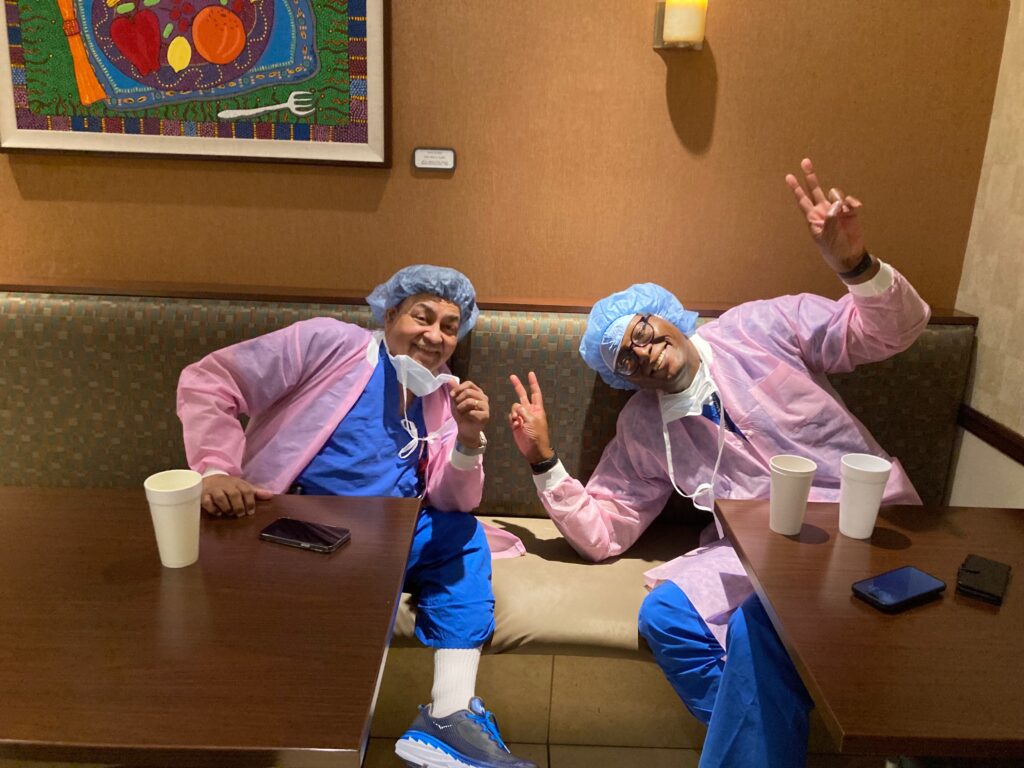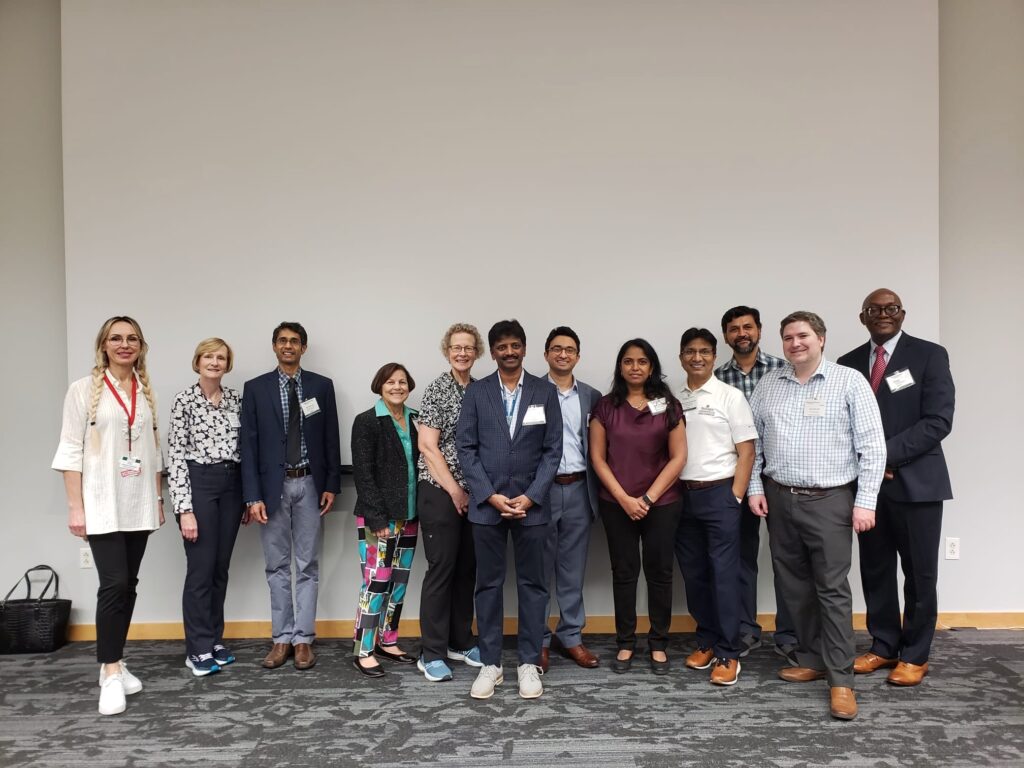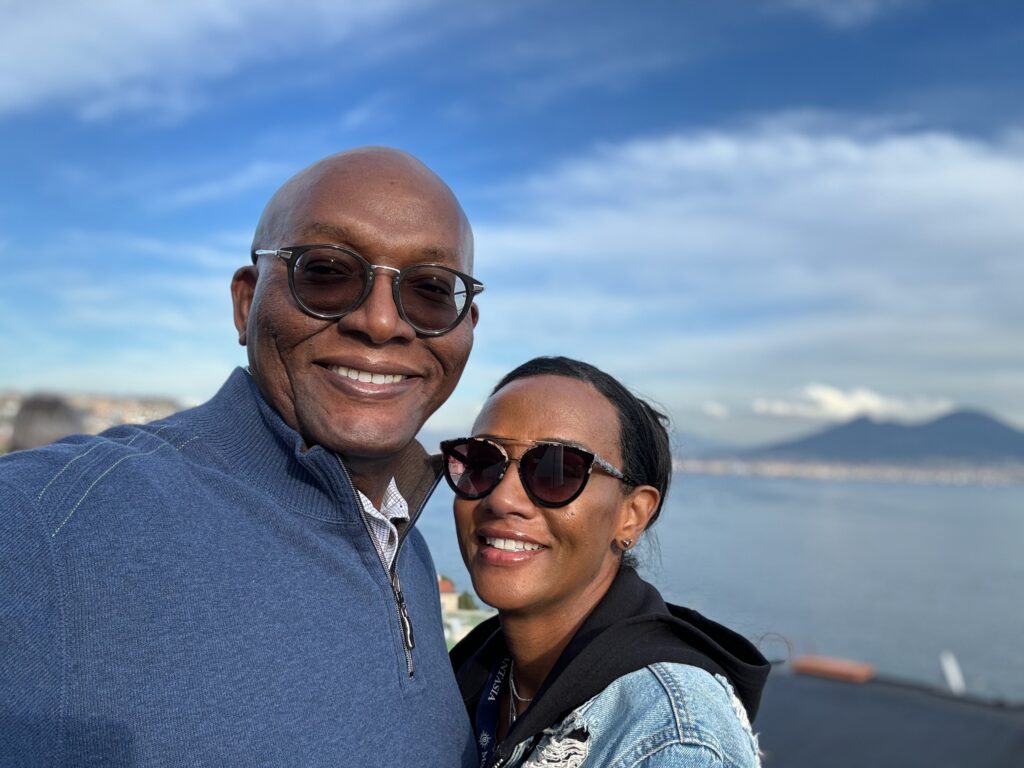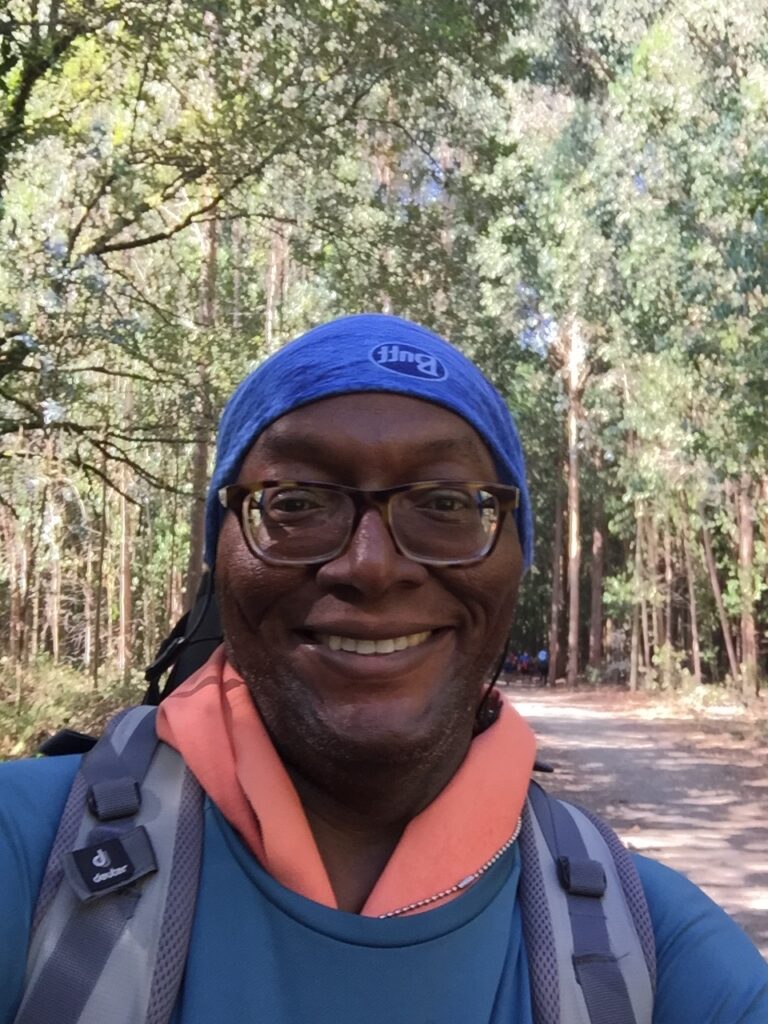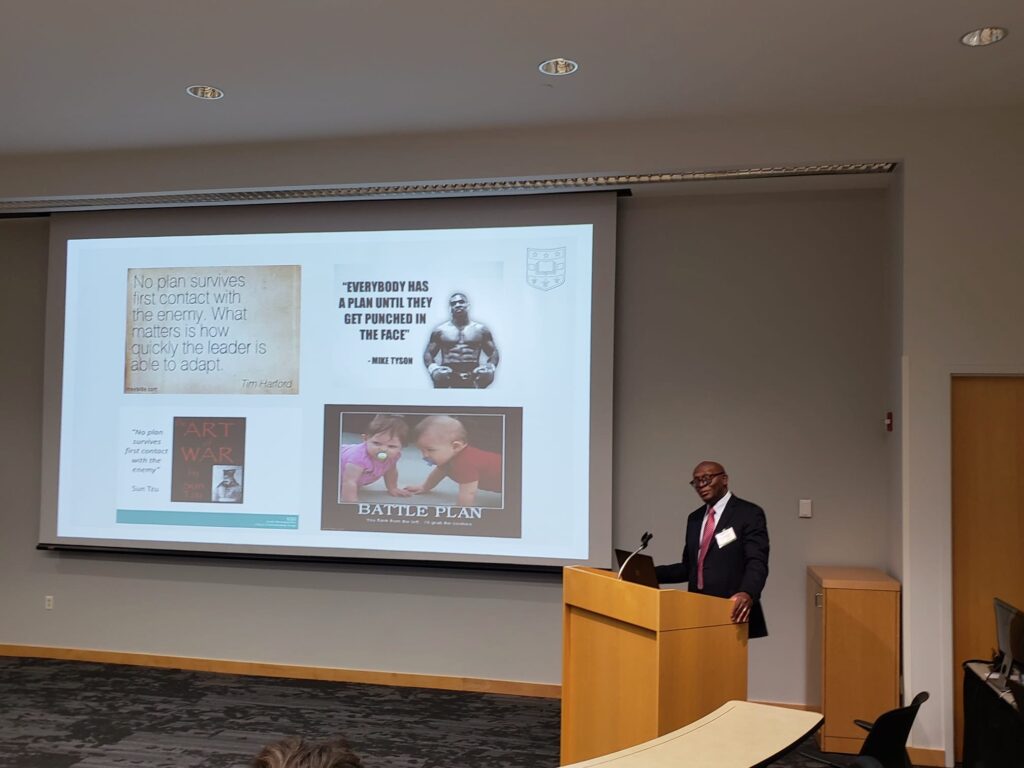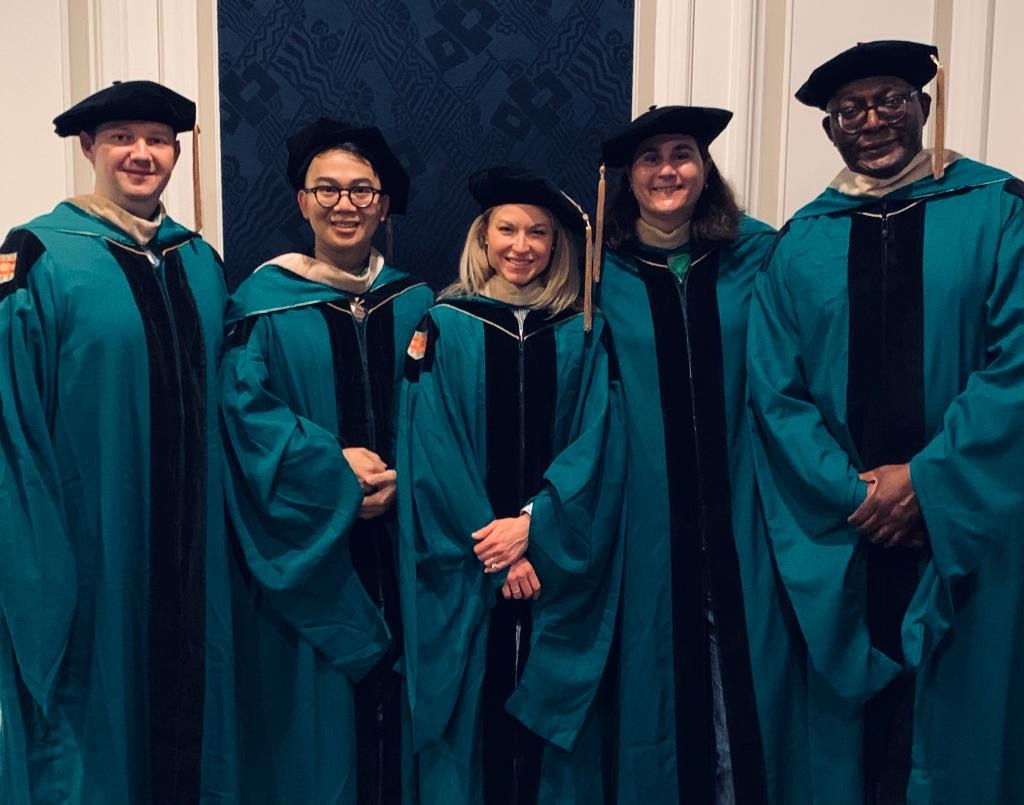In the fast-paced world of healthcare, physicians play diverse and demanding roles, often navigating between administrative responsibilities and hands-on patient care. Dr. Higo shares a glimpse into his daily routine as a physician who holds the position of vice-chair of innovation while carrying a whole load of clinical responsibilities. His unique role involves managing administrative tasks, providing anesthesia for complex neurosurgical ENT or spine cases in the operating room, and tending to patients in intensive care units (ICUs) across multiple hospitals within our healthcare system.
For this day in the life, Dr. Higo is taking us to a POD 5 operating room, one of the busiest and highest acuity surgical PODs on the BJH Campus.
A typical OR day often starts early, usually around 6:00 a.m. I usually cover 2-3 rooms staffed by anesthesia residents or CRNAs. My first task is to review the surgical schedule for the day. I carefully assess and discuss each patient’s medical history, the type of neurosurgical procedure planned, and any specific anesthesia considerations with my resident or CRNA. Neurosurgery encompasses a wide range of procedures, from brain tumor resections to spinal cord surgeries, each requiring a tailored anesthetic approach.
Before heading to the operating room, we meet with the patient and their family in the pre-op holding area to discuss the anesthesia plan, answer questions, and address any concerns. We also check in with the neurosurgical team to confirm the surgical plan and ensure the tailoring of the anesthetic plan as necessary.
Once in the operating room, the anesthesia team collaborates closely with the neurosurgeon and the surgical team. We are responsible for inducing and maintaining anesthesia throughout the procedure, constantly monitoring the patient’s vital signs, ensuring proper ventilation, and administering medications to manage pain and maintain anesthesia depth.
Neurosurgical procedures can be lengthy and technically challenging, often lasting several hours. So, it is crucial to remain focused and adapt to the ever-changing needs of the surgery, making real-time adjustments to the anesthesia to ensure the patient’s safety and comfort.
As the day progresses, we continue to provide anesthesia for scheduled neurosurgeries. These may include intricate procedures such as deep brain stimulation for Parkinson’s disease, tumor resection, aneurysm clipping, or interventional radiology cases. We ensure a prompt wake-up at the end of the case and deliver the patient safely to the PACU or Neurosurgical ICU.
After delivering our last case to the PACU/ICU, usually about 5–6 p.m., I return to my office, look up the cases for the next day, and place any orders needed in the pre-op holding area in the morning.
I then head home, catch up with any outstanding administrative tasks, or prepare for any meetings I might have coming up. I then go for a 2-3 mile walk to unwind, check in with my last two kids in college, turn in for the night around 10 p.m., and wake up to do it all over. I love what I do and can’t imagine doing anything else.
